7-HYDROXYCOUMARIN-3-CARBOXYLIC ACID
- CAS NO.:779-27-1
- Empirical Formula: C10H6O5
- Molecular Weight: 206.15
- MDL number: MFCD00017491
- EINECS: 1415-596-9
- SAFETY DATA SHEET (SDS)
- Update Date: 2023-06-08 17:06:37
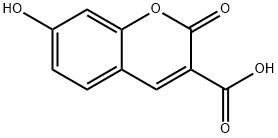
What is 7-HYDROXYCOUMARIN-3-CARBOXYLIC ACID?
Chemical properties
Light yellow powder
The Uses of 7-HYDROXYCOUMARIN-3-CARBOXYLIC ACID
7-Hydroxycoumarin-3-carboxylic acid is a pH-indicator that can be immobilized on a support to give a pH sensor.
The Uses of 7-HYDROXYCOUMARIN-3-CARBOXYLIC ACID
Suitable as pH-indicator.
What are the applications of Application
7-Hydroxycoumarin-3-carboxylic acid is a pH-indicator that can be immobilized on a support to give a pH sensor
Properties of 7-HYDROXYCOUMARIN-3-CARBOXYLIC ACID
| Melting point: | 261 °C(lit.) |
| Boiling point: | 474.8±45.0 °C(Predicted) |
| Density | 1.639±0.06 g/cm3(Predicted) |
| storage temp. | Keep in dark place,Sealed in dry,Store in freezer, under -20°C |
| solubility | DMF: soluble |
| form | powder to crystal |
| pka | 7.04 ± 0.02, temperature: 23 °C |
| color | Yellow solid;Orange solid;
Off-white powder |
| λmax | 386 nm (Buffer pH 10.0); 339 nm
(Buffer pH 4.0) |
| BRN | 384141 |
| Major Application | Carbon-dioxide sensor;
chemical sensors based on non-linear optics;
monitoring of cationic photopolymerization processes;
nanomaterials |
| Biological Applications | Chemical dosimeter
for radiation therapy; detecting bacteria;
detecting/sensing hydroxyl radicals; studying
nucleic acids; as a substrate for measuring
carboxylesterases activity, cellulases activity,
β-galactosidases activity, glycosidases activity,
glycosyltransferases activity, hydrolases activity,
4-hydroxycinnamate decarboxylases activity,
β-lactamases activity, phosphatases activity,
sulfatases activity; treating cancer/antitumor
activity |
Safety information for 7-HYDROXYCOUMARIN-3-CARBOXYLIC ACID
| Signal word | Warning |
| Pictogram(s) |
 Exclamation Mark Irritant GHS07 |
| GHS Hazard Statements |
H315:Skin corrosion/irritation H319:Serious eye damage/eye irritation H335:Specific target organ toxicity, single exposure;Respiratory tract irritation |
| Precautionary Statement Codes |
P261:Avoid breathing dust/fume/gas/mist/vapours/spray. P264:Wash hands thoroughly after handling. P264:Wash skin thouroughly after handling. P271:Use only outdoors or in a well-ventilated area. P280:Wear protective gloves/protective clothing/eye protection/face protection. P302+P352:IF ON SKIN: wash with plenty of soap and water. P305+P351+P338:IF IN EYES: Rinse cautiously with water for several minutes. Remove contact lenses, if present and easy to do. Continuerinsing. |
Computed Descriptors for 7-HYDROXYCOUMARIN-3-CARBOXYLIC ACID
| InChIKey | LKLWLDOUZJEHDY-UHFFFAOYSA-N |
New Products
(S)-3-Aminobutanenitrile hydrochloride 4-Methylphenylacetic acid N-Boc-D-alaninol N-BOC-D/L-ALANINOL Tert-butyl bis(2-chloroethyl)carbamate N-octanoyl benzotriazole 3-Morpholino-1-(4-nitrophenyl)-5,6-dihydropyridin- 2(1H)-one Furan-2,5-Dicarboxylic Acid S-2-CHLORO PROPIONIC ACID ETHYL ISOCYANOACETATE 2-Bromo-1,3-Bis(Dimethylamino)Trimethinium Hexafluorophosphate 4-IODO BENZOIC ACID 3-NITRO-2-METHYL ANILINE 1-(2,4-DICHLOROPHENYL) ETHANAMINE (2-Hydroxyphenyl)acetonitrile 4-Bromopyrazole 5,6-Dimethoxyindanone 2-(Cyanocyclohexyl)acetic acid 4-methoxy-3,5-dinitropyridine 1-(4-(aminomethyl)benzyl)urea hydrochloride 2-aminopropyl benzoate hydrochloride diethyl 2-(2-((tertbutoxycarbonyl)amino) ethyl)malonate tert-butyl 4- (ureidomethyl)benzylcarbamate Ethyl-2-chloro((4-methoxyphenyl)hydrazono)acetateRelated products of tetrahydrofuran
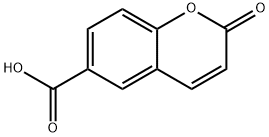
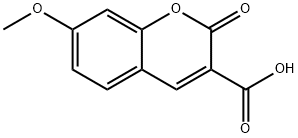
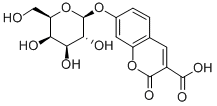
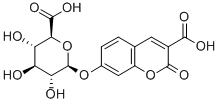
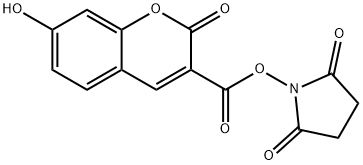
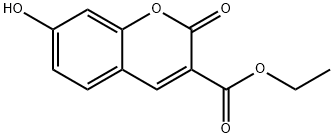


You may like
-
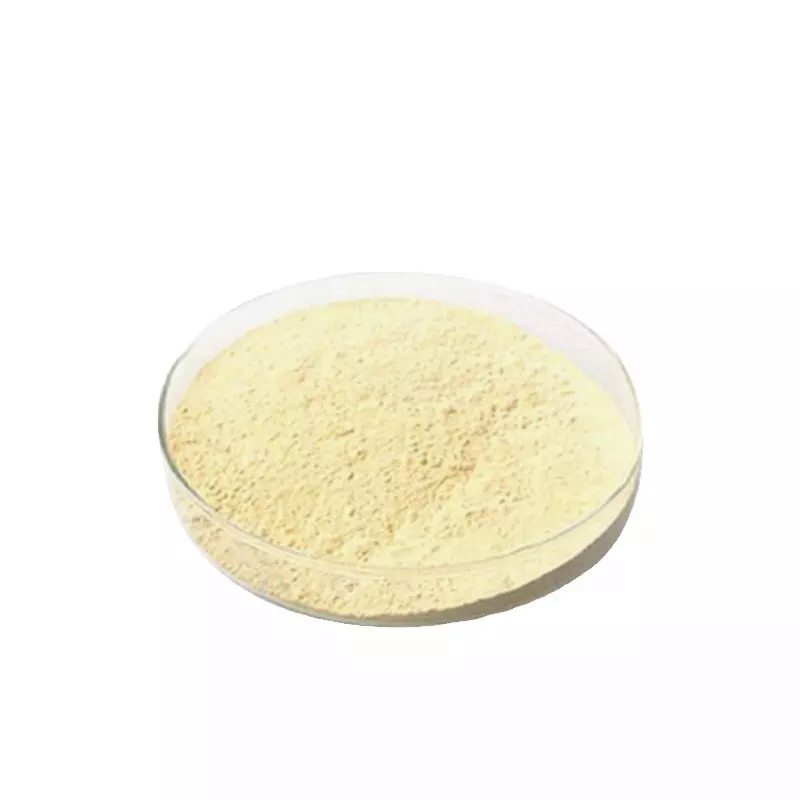 779-27-1 7- Hydroxycoumarin -3- carboxylic acid 98%View Details
779-27-1 7- Hydroxycoumarin -3- carboxylic acid 98%View Details
779-27-1 -
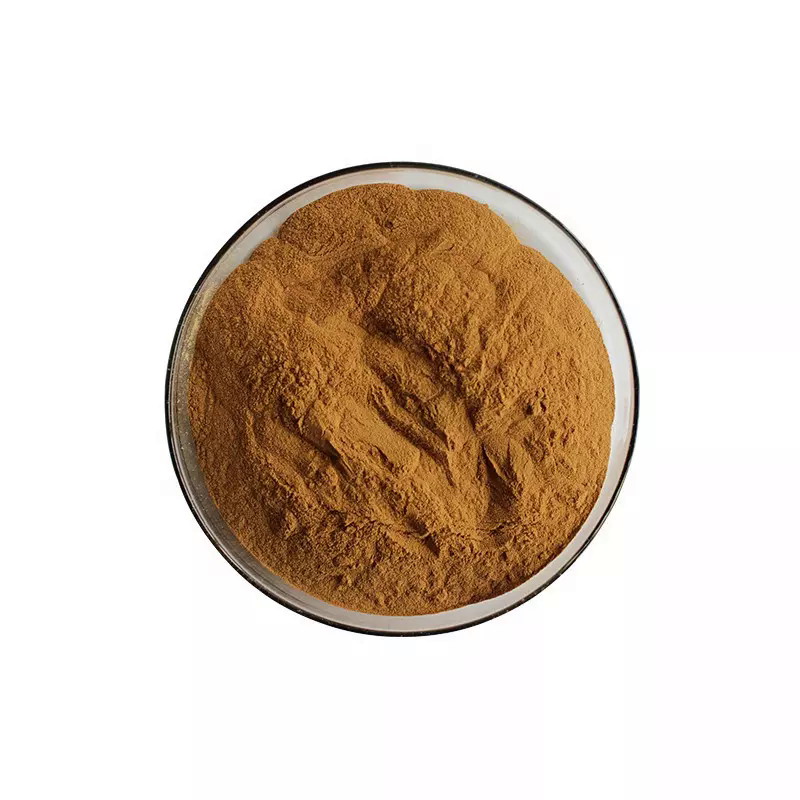 779-27-1 98%View Details
779-27-1 98%View Details
779-27-1 -
 7-Hydroxycoumarin-3-carboxylic Acid CAS 779-27-1View Details
7-Hydroxycoumarin-3-carboxylic Acid CAS 779-27-1View Details
779-27-1 -
 7-Hydroxycoumarin-3-carboxylic acid CAS 779-27-1View Details
7-Hydroxycoumarin-3-carboxylic acid CAS 779-27-1View Details
779-27-1 -
 1975-50-4 98%View Details
1975-50-4 98%View Details
1975-50-4 -
 2-HYDROXY BENZYL ALCOHOL 98%View Details
2-HYDROXY BENZYL ALCOHOL 98%View Details
90-01-7 -
 14714-50-2 (2-Hydroxyphenyl)acetonitrile 98+View Details
14714-50-2 (2-Hydroxyphenyl)acetonitrile 98+View Details
14714-50-2 -
 118753-70-1 98+View Details
118753-70-1 98+View Details
118753-70-1
Statement: All products displayed on this website are only used for non medical purposes such as industrial applications or scientific research, and cannot be used for clinical diagnosis or treatment of humans or animals. They are not medicinal or edible.